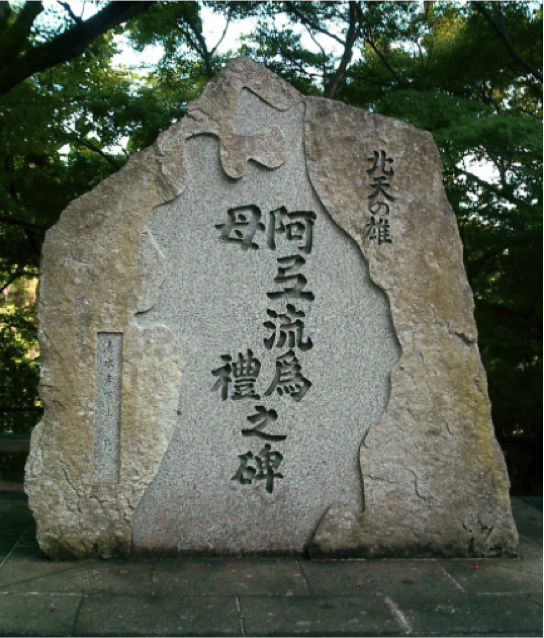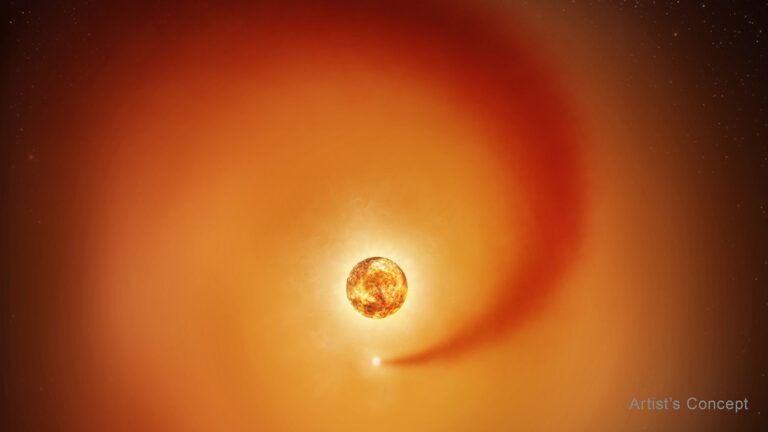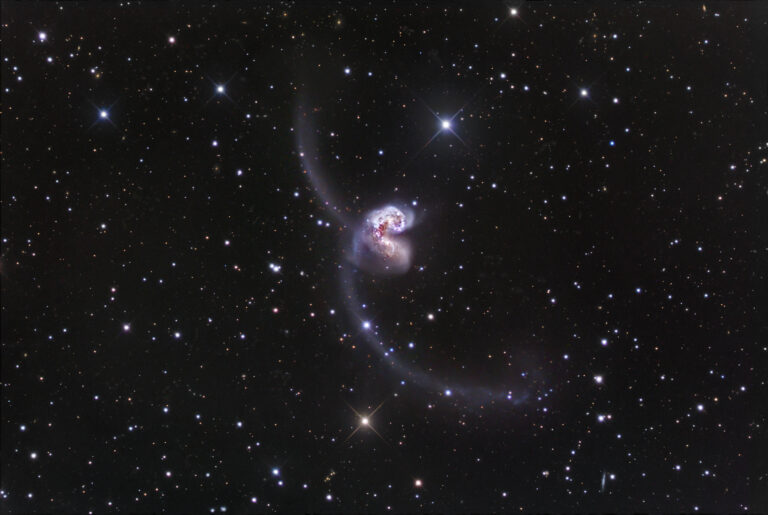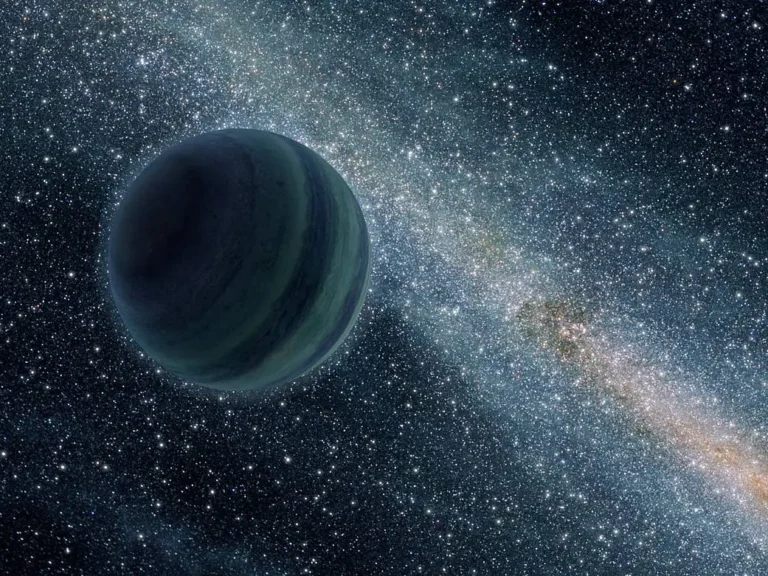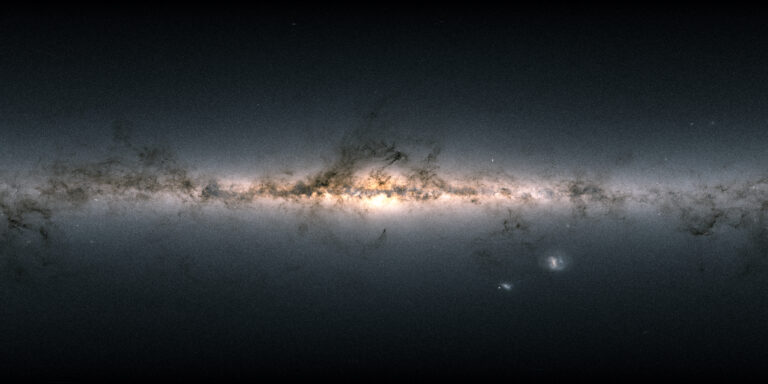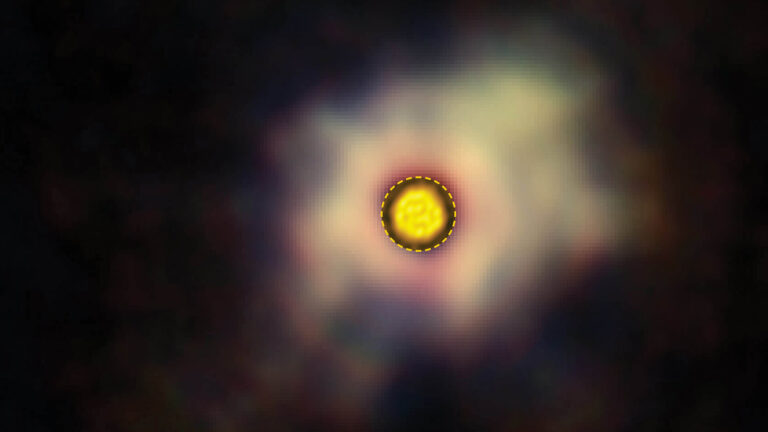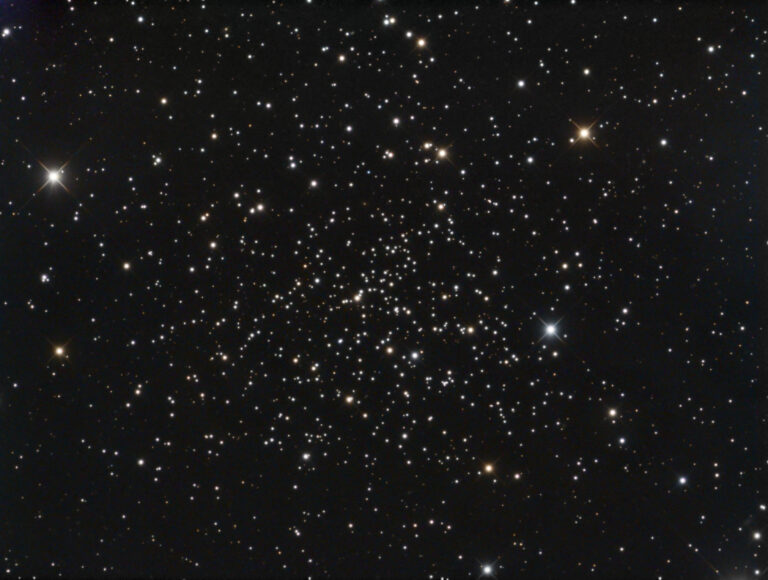Key Takeaways:
So how will we humans ever know what’s going on out there? Computers, of course. Today’s biggest astrophysical questions are answered through simulations carried out on supercomputers. In fact, the National Astronomical Observatory of Japan (NAOJ) just introduced ATERUI II, the world’s most powerful supercomputer dedicated solely to astronomy.
Supercomputer Specs
The Cray XC50 supercomputer, nicknamed NS-05 “ATERUI II,” was officially brought to life in June. This new iteration of the ATERUI supercomputer is three times more powerful than its predecessor, lending to its rank as #83 on the TOP 500 list of the world’s most mind-blowing machines.
All of these processors allow ATERUI II to utilize parallel computing. In essence, this means that tasks and calculations can be split between the cores. Supercomputers break a problem into many different pieces and delegate those pieces to different cores, which function simultaneously to allow for greater computational speed. So instead of doing one thing at a time, ATERUI II is one of the world’s best multitaskers.
ATERUI II & Astronomy
Astronomers ask plenty of questions that are so big, they need ATERUI II to help them find answers. An estimated 150 astronomers will use the Japanese supercomputer this year alone, and they don’t have to travel to ATERUI II’s homeland to do so.
This state-of-the-art machine will allow users to create simulations previously impossible for ATERUI II’s predecessors. For instance, earlier computers trying to model the Milky Way had to group stars together in order to calculate their gravitational interactions. After all, there are well over 100 billion stars in our galaxy alone. ATERUI II doesn’t need to lump anything together though – it can calculate the mutual gravitational interaction between all stars in the Milky Way individually, allowing for the most detailed simulations of our galaxy yet.
ATERUI II won’t stop there. Researchers have already been able to make models of the universe’s large-scale structure and even binary star system formation. Future projects may help us understand what happened before the epoch of recombination, when the universe became transparent to light, or glimpse into stellar interiors.
A simulation carried out on ATERUI II, showing the formation of a binary star system and the disks of gas that form along with the stars.
This realm of astrophysical simulations works in union with observational astronomy. Scientists often use models in an attempt to recreate what observations show. Consider this oversimplified example: say that researchers model how two binary stars are interacting. That model may produce a light curve (how the light from the system changes over time) or some other data that scientists can compare to observations. If observations of the light curve match that produced by the model, then researchers can say that they have a good idea of what is going on in that star system.
With all of ATERUI II’s computational power at their fingertips, astrophysicists will be able to answer some of the field’s long-standing questions. Researchers still won’t be able to hold a star in their hands, but this is as close as they can hope to get.


